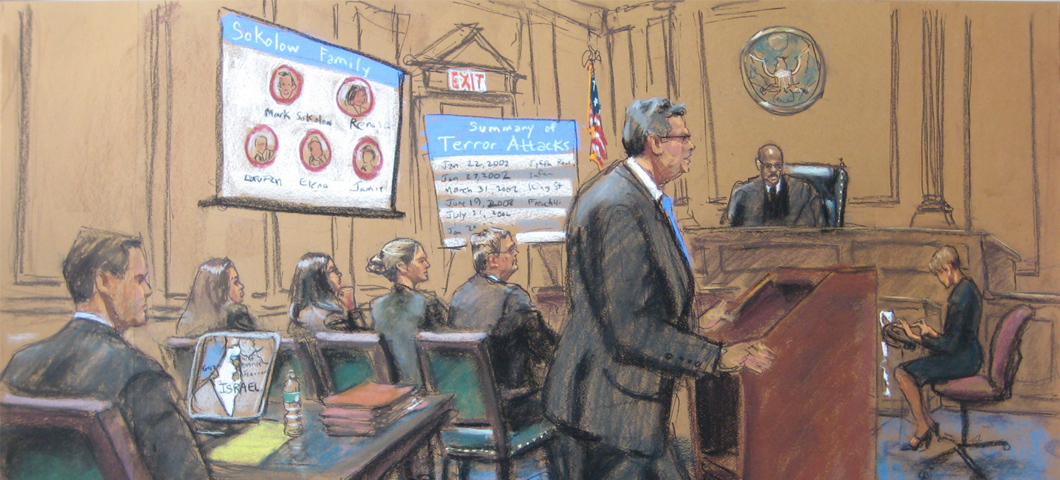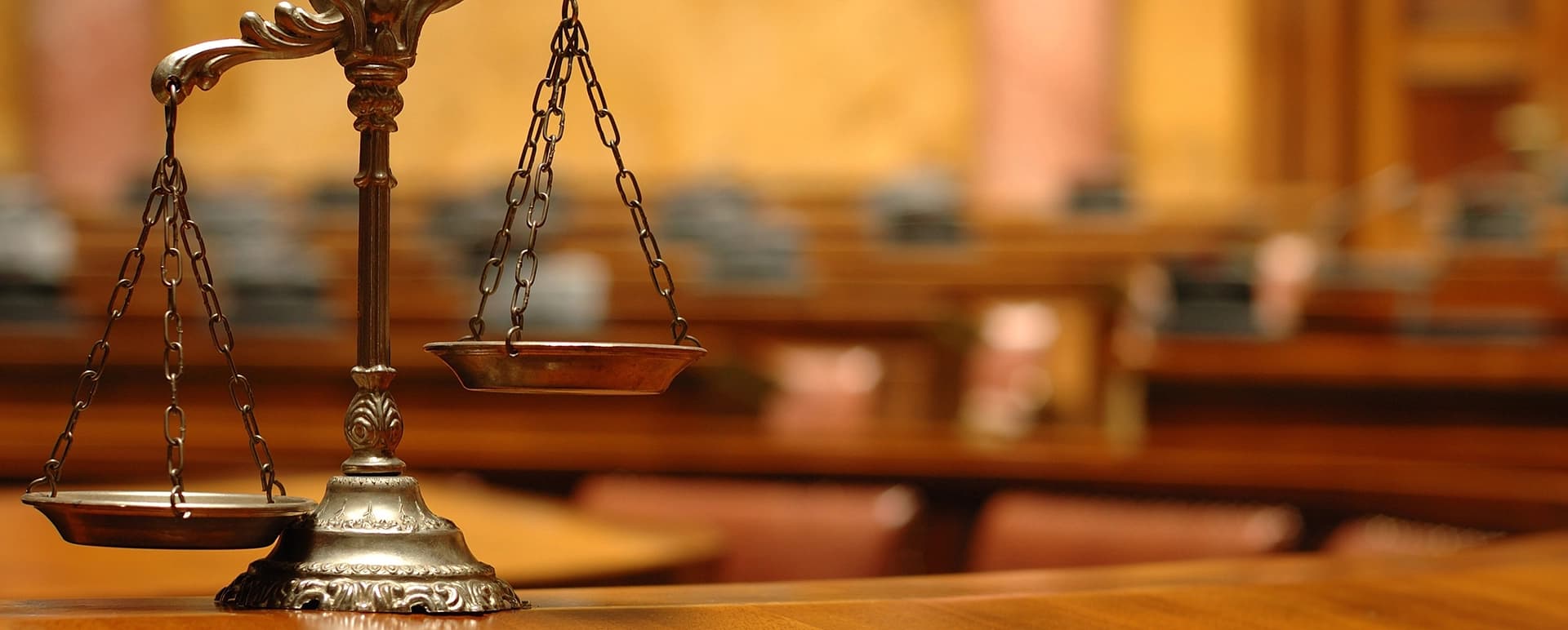Trial Presentation Trusted Professionals for Courtroom Visuals and Graphics
Trial Presentation Trusted Professionals for Courtroom Visuals and Graphics
Blog Article
Astound the Court: Vital Components of a Powerful Test Discussion
Vital aspects such as recognizing the audience, crafting a compelling narrative, and grasping spoken and non-verbal communication are critical elements of an effective discussion. As these factors intertwine, they develop a cohesive method that not just educates however additionally involves jurors on multiple degrees.

Understanding Your Audience
Understanding your audience is an essential facet of effective trial presentation. An effective presentation pivots on the capacity to understand the demographics, worths, and tendencies of jurors. This comprehension informs how arguments are framed, proof exists, and psychological appeals are crafted, making certain that the message resonates with the jurors on a personal degree.
Research suggests that jurors come from varied histories and may have differing degrees of understanding relating to legal procedures (trial presentation). Hence, it is important to avoid legal jargon that could alienate or confuse them. Instead, employing clear, relatable language fosters involvement and comprehension. In addition, comprehending the jurors' prospective predispositions and life experiences permits the test presenter to prepare for arguments and address issues proactively.
Effective test presentation additionally involves observing jurors' reactions during the proceedings. Involving with jurors as individuals rather than a collective device is vital in promoting a solid connection in the court room.

Crafting a Compelling Narrative
Crafting a compelling narrative is vital in assisting jurors with the complexities of a case. A well-structured narrative not only simplifies complex legal concepts however likewise involves jurors on a psychological level, making the info extra relatable and unforgettable.
This message needs to reverberate with the jurors' worths and experiences, promoting a connection that transcends mere facts. This sequential technique can assist jurors follow the development of events, stressing reason and effect.
Incorporating human elements-- such as personal tales or anecdotes-- can further enhance the story's effect. These components stimulate empathy, allowing jurors to envision the repercussions of the situation on the real worlds. Furthermore, employing a regular motif throughout the discussion enhances the major debate, making it much easier for jurors to retain critical factors.
Ultimately, an engaging story transforms a trial presentation from a simple address of realities right into a persuasive tale that captivates the court, urging them to mull over with both factor and feeling.
Using Aesthetic Help
Including visual help right into a test discussion can considerably improve jurors' understanding and retention of details. Visual products such as charts, diagrams, photos, and video clips can transform complicated legal principles and proof right into conveniently absorbable layouts. By engaging multiple detects, these help permit jurors to envision the situation's essential components, making it simpler for them to follow along and grasp complex information.
Moreover, properly designed aesthetic aids can stress crucial points and highlight partnerships in between various items of evidence. Timelines can successfully highlight the sequence of events, while annotated pictures can clear up specific details pertinent to the case. This not just help in understanding yet additionally strengthens the narrative presented by the see this page attorney.
It is use this link essential, nevertheless, to ensure that visual help matter, clear, and properly provided. Overly complicated or cluttered visuals might bewilder jurors and detract from the message. When utilized sensibly, visual help offer to complement the dental debates and boost the overall influence of the trial presentation. Ultimately, effective aesthetic communication can be an effective tool in convincing jurors and assisting them reach notified conclusions.
Understanding Verbal Communication
Efficient verbal interaction is critical in a test presentation, as it functions as the main ways where lawyers communicate their disagreements and get in touch with jurors. Understanding this skill entails clarity, persuasion, and involvement. Attorneys must verbalize their points clearly and briefly, preventing legal jargon that may perplex jurors. Simpleness in language fosters understanding and assists jurors realize intricate problems offered during the test.
In addition, tone and pacing dramatically influence just how messages are gotten. A confident tone communicates authority, while suitable pacing enables jurors to absorb info without really feeling overwhelmed. Attorneys must additionally differ their singing inflections to highlight key points and maintain jurors' passion throughout the presentation.
Additionally, the organization of spoken debates is necessary. Structuring the narrative realistically and coherently assists jurors adhere to the attorney's logic, making it simpler for them to preserve critical details. Making use of influential methods, such as storytelling, can likewise boost the emotional vibration of the debates offered, consequently developing an extra extensive connection with jurors.
Inevitably, understanding spoken interaction not only reinforces an discover here attorney's case yet additionally cultivates trust fund and connection with the jury, dramatically enhancing the possibilities of a beneficial verdict.

Involving With Body Movement
Nonverbal communication plays a crucial duty in test presentations, commonly conveying messages that words alone can not express. Body language, incorporating gestures, pose, facial expressions, and eye call, significantly affects just how jurors perceive the reputation and genuineness of the presenter. A confident stance, with shoulders back and an open stance, can infuse count on, while closed-off body language may suggest defensiveness or unpredictability.

Faces should show the feelings related to the instance, reinforcing the narrative existing. For instance, a genuine expression throughout an emotional moment can evoke compassion and enhance the psychological allure. Ultimately, understanding body movement is necessary for efficient trial discussions, as it improves verbal communication and establishes a compelling existence that resonates with the jury.
Conclusion
Finally, mesmerizing the jury necessitates a strategic method that encompasses understanding the audience, crafting an engaging story, utilizing aesthetic help, mastering verbal interaction, and engaging with body language. Each aspect plays an important duty in producing a powerful test presentation that reverberates with jurors on both emotional and intellectual levels (trial presentation). By incorporating these parts efficiently, lawyers can substantially improve their capability to persuade and affect court decision-making
Report this page